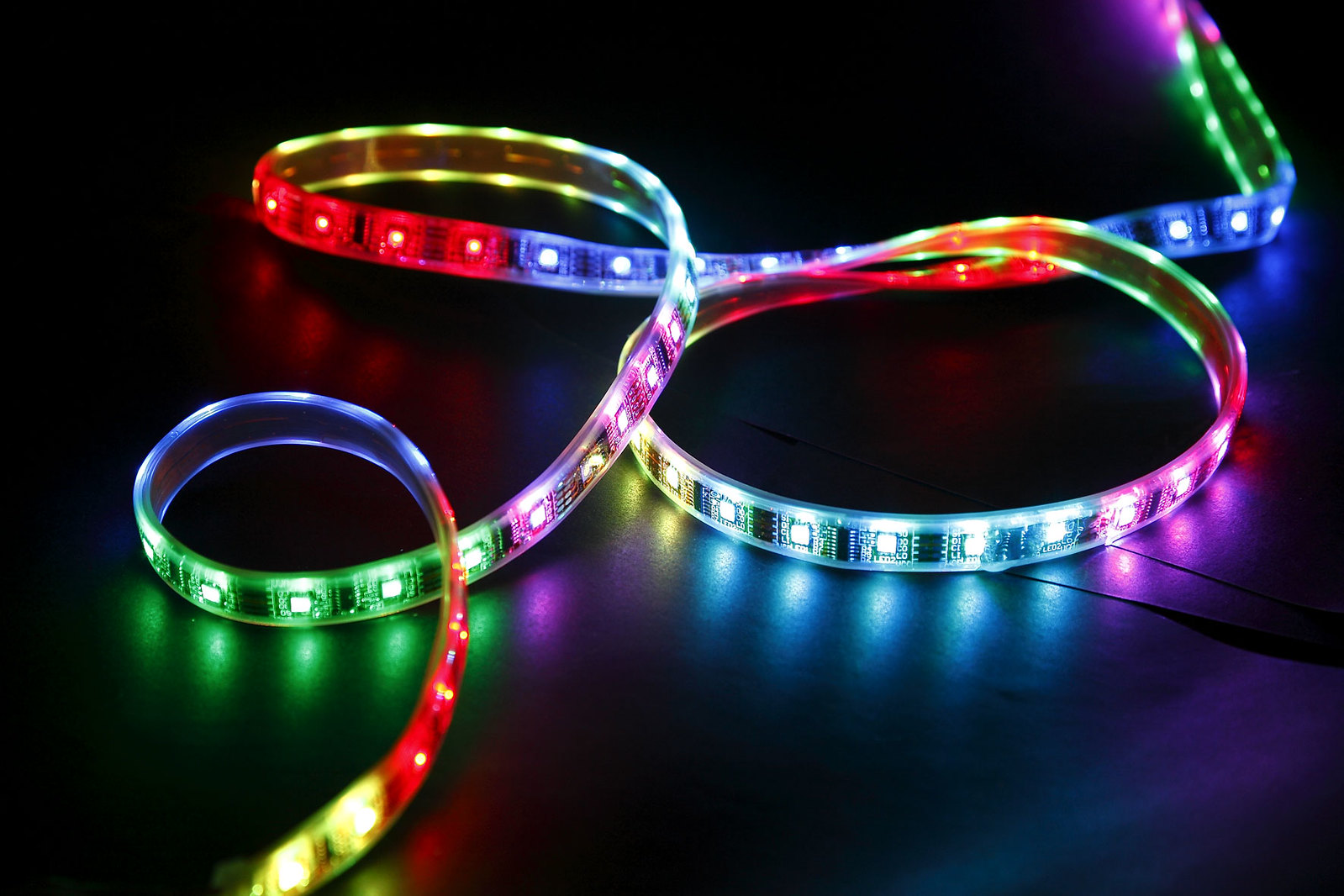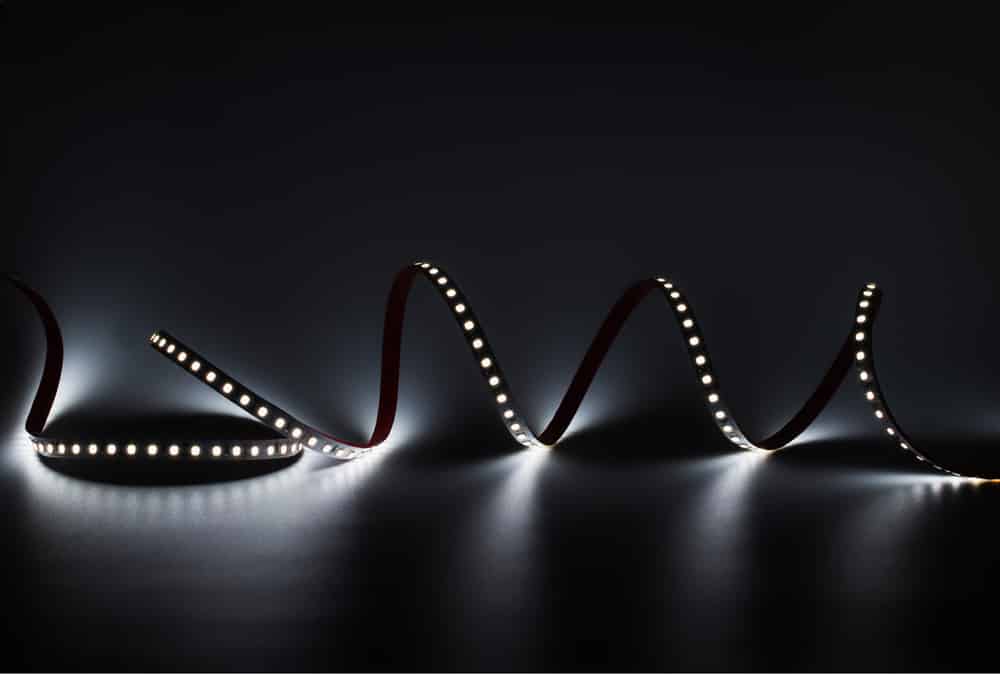How to Fix LED Strip Lights When They Stop Working
LED strip lights are a popular and versatile lighting option for kitchens, providing bright and energy-efficient illumination. However, like any other electronic device, they can sometimes encounter problems and stop working. If you find yourself in this situation, don't worry – there are several steps you can take to troubleshoot and fix the issue. In this article, we'll discuss the top 10 reasons why your kitchen LED strip lights may not be working and how you can fix them.
How to Troubleshoot LED Strip Lights
Before diving into the specific causes and solutions, it's important to know the general steps for troubleshooting LED strip lights. First, make sure that the power source is working correctly and that all connections are secure. Next, check the wiring and connections for any signs of damage or loose connections. You can also try resetting the lights by unplugging them for a few minutes and plugging them back in. If none of these steps work, then it's time to investigate the specific issue.
Why Are My LED Strip Lights Not Working?
There are several possible reasons why your LED strip lights may not be working. It could be due to a faulty power source, damaged wiring, or a problem with the controller. Another common issue is incorrect installation or a defective LED strip light. Let's take a closer look at each of these potential causes and how to fix them.
How to Repair LED Strip Lights
If you suspect that your LED strip lights are damaged, it's important to repair them as soon as possible. One common cause of damage is water exposure, which can cause the lights to short circuit. In this case, you'll need to replace the damaged section of the strip or the entire strip if the damage is extensive. Additionally, if the wiring or connections are damaged, you'll need to repair or replace them. If you're not comfortable doing these repairs yourself, it's best to hire a professional electrician.
LED Strip Lights Not Working: Common Causes and Solutions
Here are the top 10 reasons why your LED strip lights may not be working and how to fix them:
1. Incorrect Power Source
LED strip lights require a specific amount of voltage and wattage to function correctly. If the power source you're using doesn't match these requirements, the lights may not work or may even be damaged. Make sure to check the power source specifications before connecting your LED strip lights.
2. Loose Connections
If the connections between the power supply, controller, and LED strip lights are loose, the lights will not receive the necessary power to function. Ensure that all connections are secure and tighten any loose ones with pliers or a screwdriver.
3. Damaged Wiring
Wiring can become damaged over time, especially if the LED strip lights are installed in an area with high moisture or heat. Check the wiring for any signs of damage, such as frayed or exposed wires, and replace them if necessary.
4. Faulty Controller
The controller is responsible for changing the color and brightness of LED strip lights. If it is not functioning correctly, the lights may not work or may only work in one color. In this case, you'll need to replace the controller.
5. Improper Installation
If the LED strip lights were not installed correctly, they may not work or may stop working over time. Make sure to follow the manufacturer's instructions carefully when installing the lights, and double-check all connections and wiring.
Kitchen LED Strip Lights Not Working? Here's What You Need to Know

Introduction
 When it comes to designing your home, the kitchen plays a vital role. From cooking delicious meals to hosting dinner parties, your kitchen is often the heart of your home. And what better way to enhance the functionality and ambiance of your kitchen than by installing LED strip lights? These energy-efficient and versatile lights can be easily installed under cabinets, counters, and in other areas of your kitchen, adding a touch of modernity and sophistication. However, like any other electrical appliance, LED strip lights can also encounter problems, and one common issue is when they stop working. If you're facing this problem, don't worry, as we've got you covered. In this article, we'll explore the reasons why your kitchen LED strip lights may not be working and how to fix them.
When it comes to designing your home, the kitchen plays a vital role. From cooking delicious meals to hosting dinner parties, your kitchen is often the heart of your home. And what better way to enhance the functionality and ambiance of your kitchen than by installing LED strip lights? These energy-efficient and versatile lights can be easily installed under cabinets, counters, and in other areas of your kitchen, adding a touch of modernity and sophistication. However, like any other electrical appliance, LED strip lights can also encounter problems, and one common issue is when they stop working. If you're facing this problem, don't worry, as we've got you covered. In this article, we'll explore the reasons why your kitchen LED strip lights may not be working and how to fix them.
Common Reasons for Kitchen LED Strip Lights Not Working
 Before we dive into the solutions, it's essential to understand the possible reasons why your kitchen LED strip lights may have stopped working. Some of the most common causes include:
1. Faulty Wiring:
One of the most common reasons for LED strip lights to stop working is faulty wiring. This could be due to loose connections, frayed wires, or incorrect installation.
2. Overheating:
LED strip lights produce heat, and if they are not installed correctly, they can overheat, causing damage to the lights and making them stop working.
3. Power Interruptions:
LED strip lights require a continuous power supply, and any interruptions in the power source can cause them to stop working.
4. Defective Power Supply:
The power supply unit is responsible for converting the electricity from your outlet into the appropriate voltage for your LED strip lights. If it's defective, it can cause your lights to stop working.
Before we dive into the solutions, it's essential to understand the possible reasons why your kitchen LED strip lights may have stopped working. Some of the most common causes include:
1. Faulty Wiring:
One of the most common reasons for LED strip lights to stop working is faulty wiring. This could be due to loose connections, frayed wires, or incorrect installation.
2. Overheating:
LED strip lights produce heat, and if they are not installed correctly, they can overheat, causing damage to the lights and making them stop working.
3. Power Interruptions:
LED strip lights require a continuous power supply, and any interruptions in the power source can cause them to stop working.
4. Defective Power Supply:
The power supply unit is responsible for converting the electricity from your outlet into the appropriate voltage for your LED strip lights. If it's defective, it can cause your lights to stop working.
How to Fix Your Kitchen LED Strip Lights
 Now that we've identified the potential reasons why your kitchen LED strip lights are not working let's explore some solutions to fix them.
1. Check the Wiring:
The first thing you should do is check the wiring of your LED strip lights. Make sure all connections are secure and that there are no exposed or frayed wires. If you find any issues, fix them and test the lights again.
2. Proper Ventilation:
To prevent overheating, make sure your LED strip lights have proper ventilation. Avoid installing them in enclosed spaces or near heat sources.
3. Check the Power Supply:
If your lights are not receiving power, check the power supply unit. Make sure it's not damaged or malfunctioning. You can try replacing it with a new one to see if it solves the issue.
4. Reset the Lights:
Sometimes, a simple reset can fix the problem. Switch off the power supply, wait for a few minutes, and then turn it back on. This can help reset the lights and get them working again.
Now that we've identified the potential reasons why your kitchen LED strip lights are not working let's explore some solutions to fix them.
1. Check the Wiring:
The first thing you should do is check the wiring of your LED strip lights. Make sure all connections are secure and that there are no exposed or frayed wires. If you find any issues, fix them and test the lights again.
2. Proper Ventilation:
To prevent overheating, make sure your LED strip lights have proper ventilation. Avoid installing them in enclosed spaces or near heat sources.
3. Check the Power Supply:
If your lights are not receiving power, check the power supply unit. Make sure it's not damaged or malfunctioning. You can try replacing it with a new one to see if it solves the issue.
4. Reset the Lights:
Sometimes, a simple reset can fix the problem. Switch off the power supply, wait for a few minutes, and then turn it back on. This can help reset the lights and get them working again.
In Conclusion
 Kitchen LED strip lights are an excellent addition to any kitchen, but like any other appliance, they may encounter issues. By understanding the potential causes and following the solutions mentioned above, you can fix your kitchen LED strip lights and enjoy their benefits once again. If the problem persists, it's best to seek professional help to avoid any further damage. So, don't let a simple issue like LED strip lights not working ruin your kitchen's ambiance and functionality. Follow these tips and enjoy a well-lit and beautiful kitchen once again.
Kitchen LED strip lights are an excellent addition to any kitchen, but like any other appliance, they may encounter issues. By understanding the potential causes and following the solutions mentioned above, you can fix your kitchen LED strip lights and enjoy their benefits once again. If the problem persists, it's best to seek professional help to avoid any further damage. So, don't let a simple issue like LED strip lights not working ruin your kitchen's ambiance and functionality. Follow these tips and enjoy a well-lit and beautiful kitchen once again.









































































